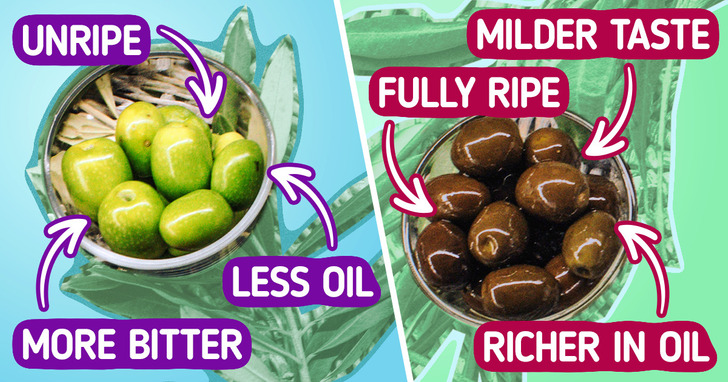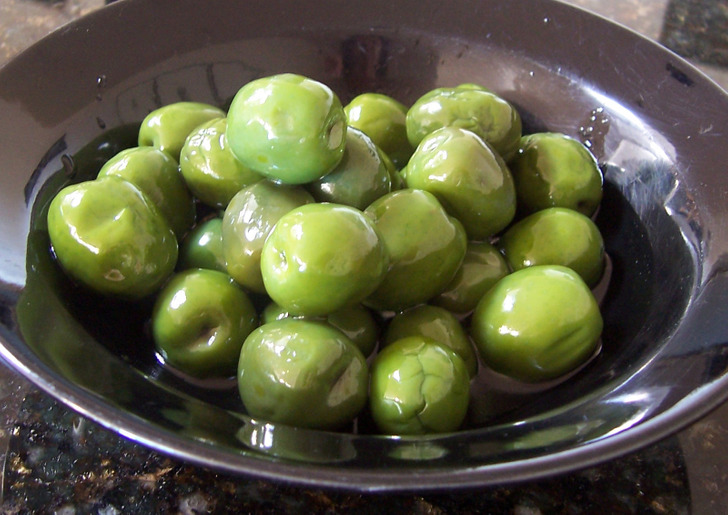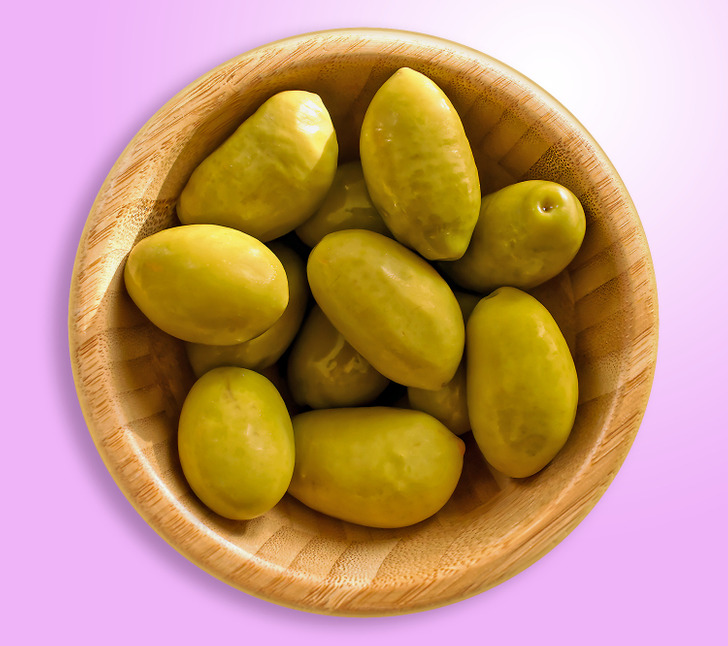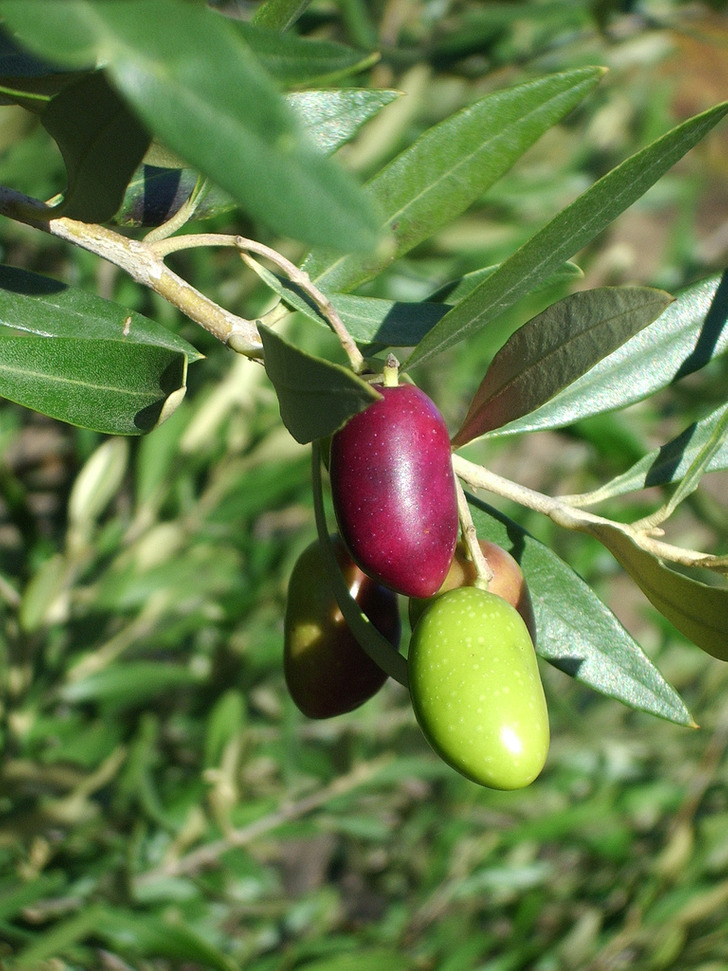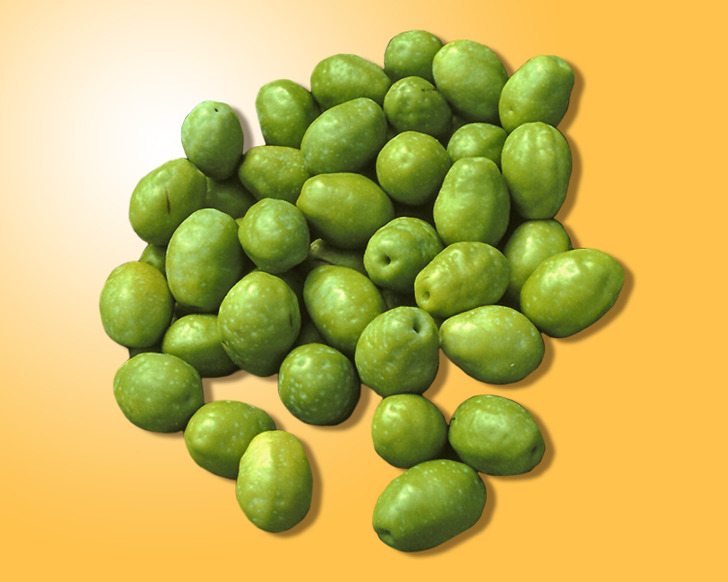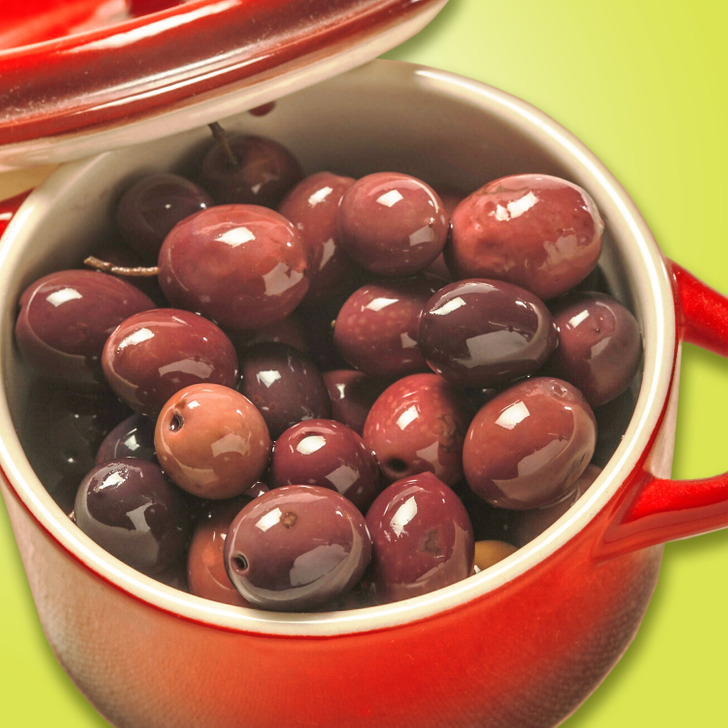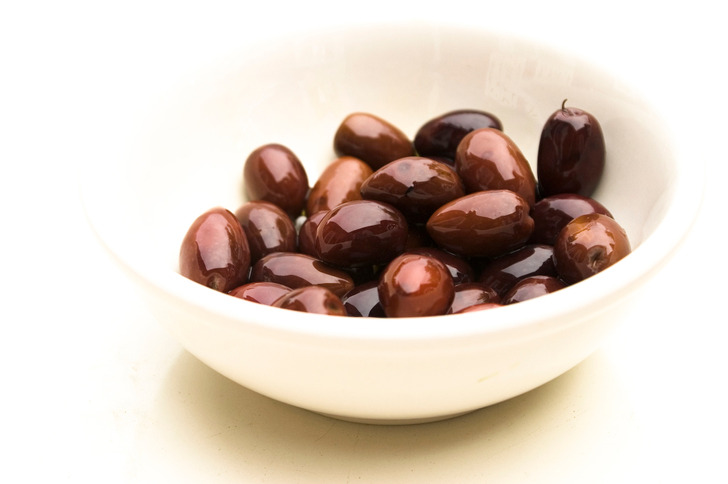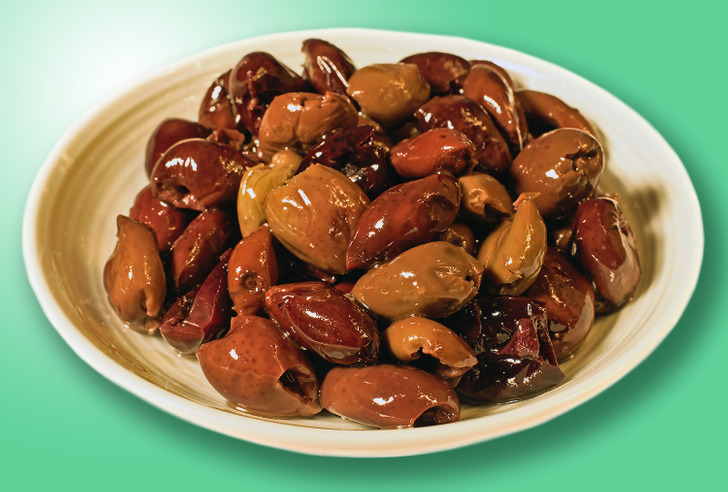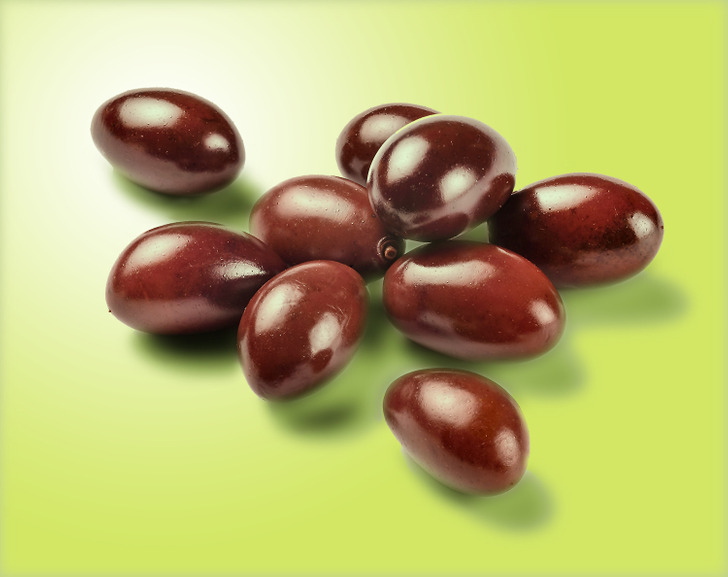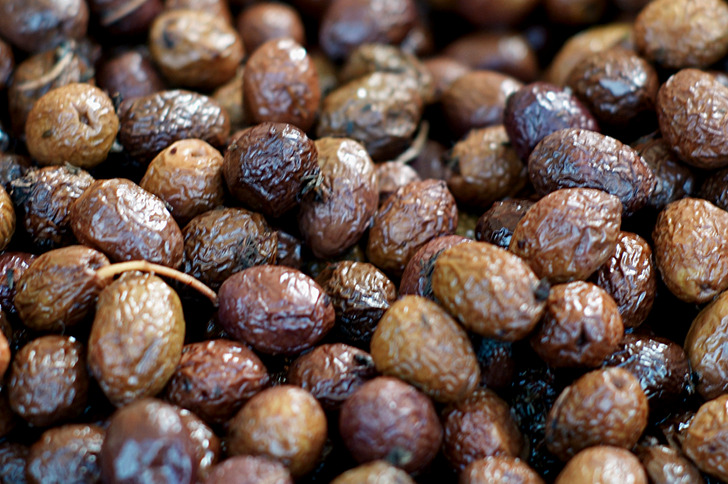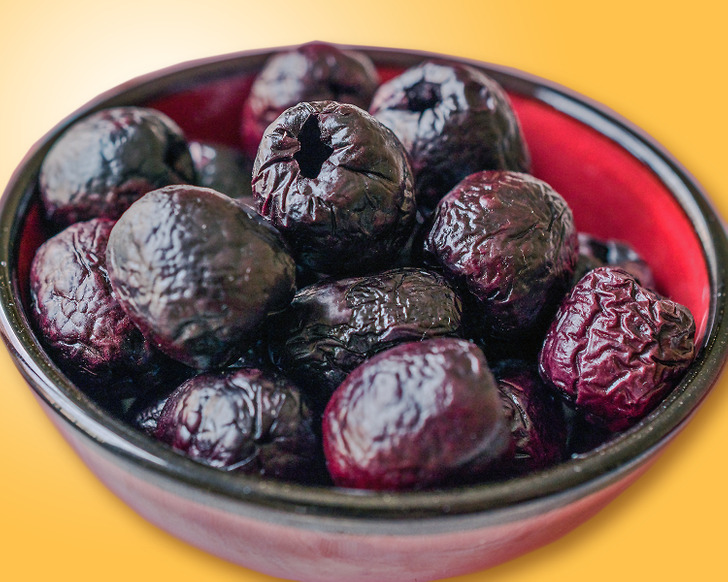A Guide to Different Types of Olives
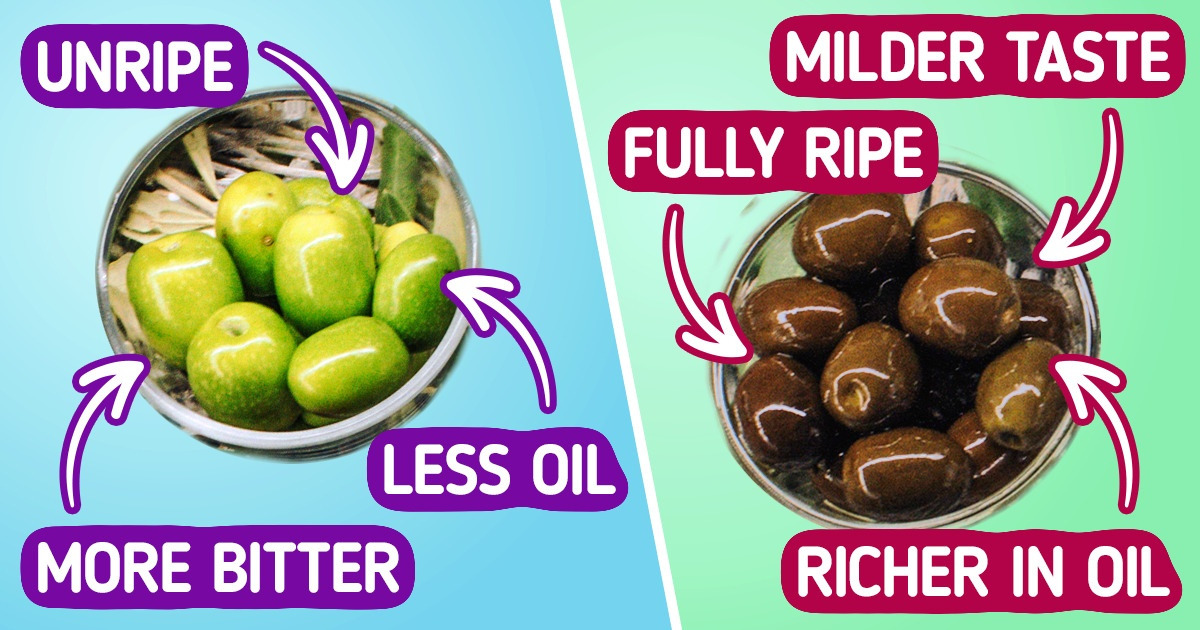
Not many people might know this, but olives are actually fruits. They are a type of stone fruit with one inside shell surrounded by a fleshy part. They come in a variety of colors and tastes, but the only difference between the colors is the ripeness.
5-Minute Crafts will show you the most popular types of both green and black olives.
I. Green olives
1. Castelvetrano
Castelvetrano is one of the most popular types of olive, grown only in Sicily’s Valle del Belice region and taking on a unique taste due to being exposed to certain climate conditions: hot days and mild nights.
- Color: bright green
- Taste description: buttery-sweet, with a meaty texture
- Used for: serving with sheep’s milk cheese, or as an independent snack
2. Cerignola
3. Lucques
This type of good table olive is remarkable for its unusual kidney-shaped fruits.
4. Manzanilla
One of the most well-known types of green olives. The fruits come in medium to large sizes and have an oval shape. Manzanilla olives are often stuffed or cracked and preserved in olive oil.
5. Picholine
A popular type of olive grown throughout the world.
II. Black olives
1. Gaeta
Gaeta is a type of small brown olive with a purple shade and wrinkled skin.
2. Kalamata
Kalamata is a type of large, dark purple olive.
- Taste description: salty-sweet with a fruity and smoky flavor
- Used for: serving as tapenade or with feta, or roasted vegetables
- Harvesting features: must be hand-harvested to prevent bruising
3. Liguria
4. Niçoise
5. Nyon
6. Thasos
Thasos olives are a wrinkly-skinned fruit that’s dried in sun and cured in salt.
